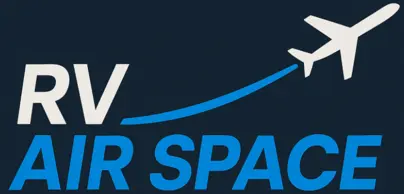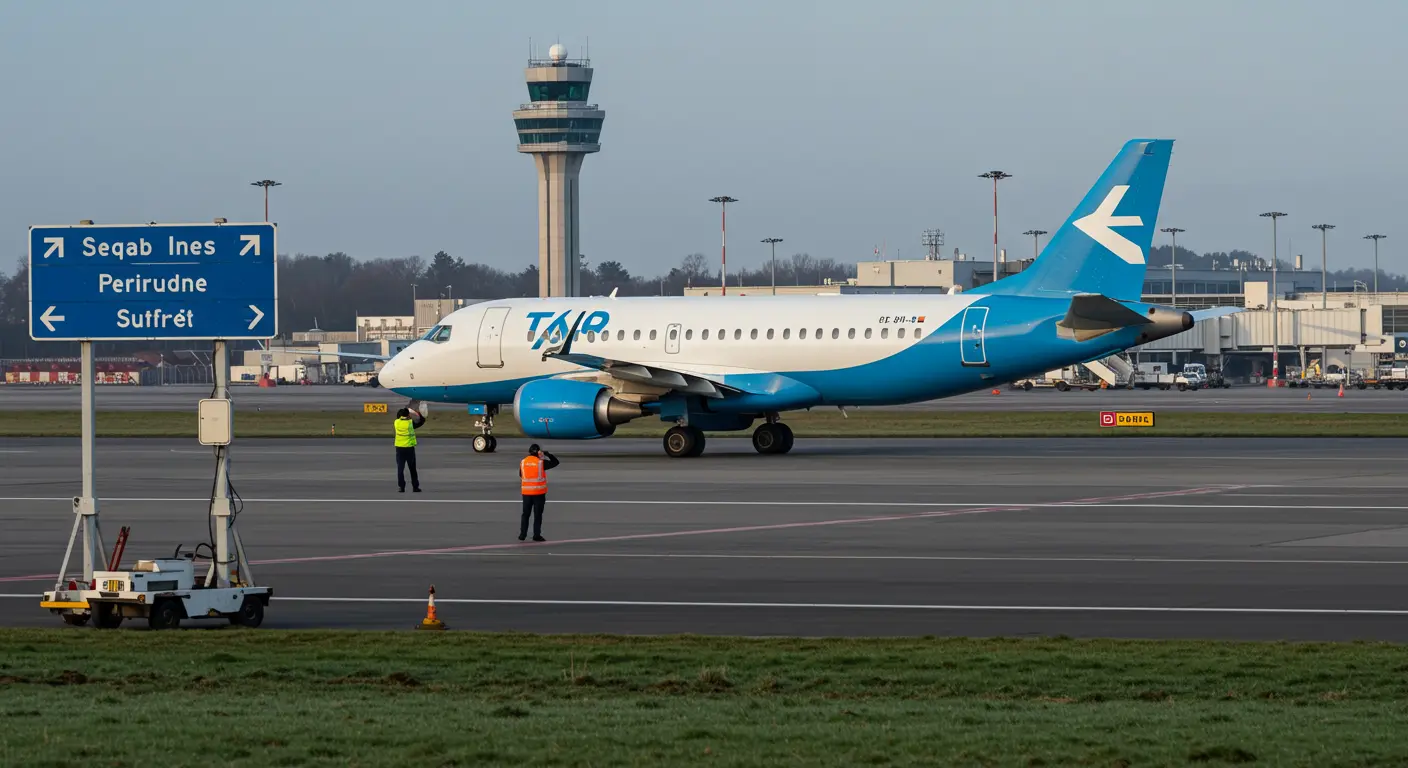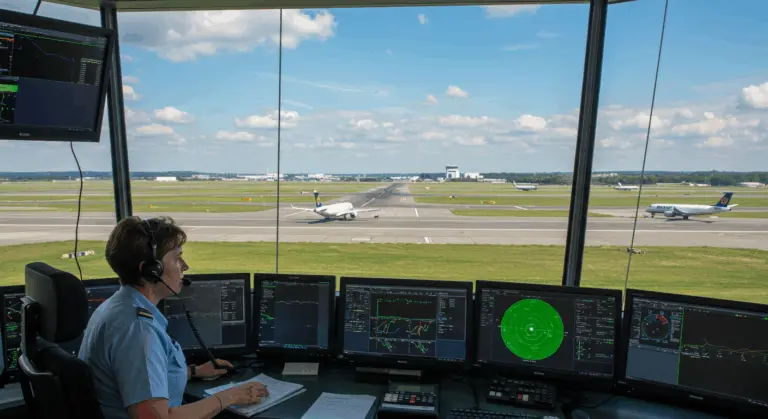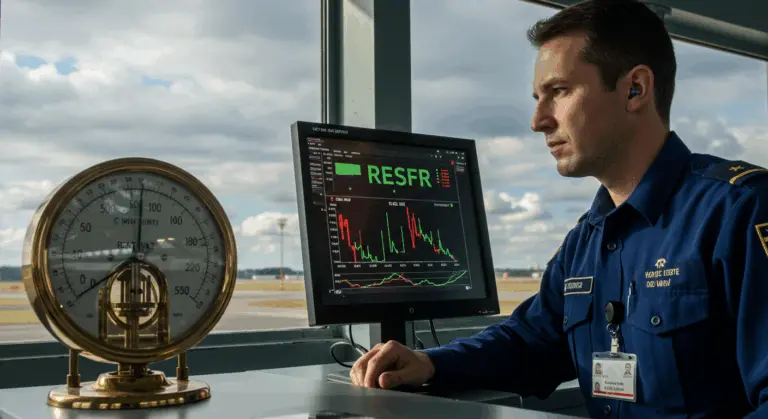Understanding Non-Standard Takeoff Minimums in Aviation
What Are Non-Standard Takeoff Minimums?
Non-standard takeoff minimums are specialized weather requirements that deviate from the FAA’s standard criteria. Standard minimums call for 1 statute mile of visibility for aircraft with two engines or fewer, and ½ statute mile for those with more. However, non-standard minimums address unique challenges at specific airports where these baseline requirements fall short.
These specialized minimums come into play when standard criteria prove inadequate for ensuring safe departures. Obstacles, terrain, or other hazards in the departure path demand heightened vigilance. These minimums provide pilots with essential visual references needed to navigate these hazards during initial climb—particularly crucial when maintaining a standard climb gradient.
A distinctive “T” symbol on approach plates signals that non-standard takeoff minimums or departure procedures govern the airport. This symbol prompts pilots to reference the Terminal Procedures Publication (TPP) for specific requirements, which might encompass:
-
Higher visibility or ceiling values.
-
Specific departure procedures for obstacle clearance.
When pilots encounter the “T” symbol but can’t locate the corresponding non-standard minimums in their Terminal Procedures Publication? They should consult the airport’s specific departure procedures or contact Air Traffic Control for clarification. If the TPP lacks these minimums despite the “T” symbol’s presence, the special procedures may relate to departure routes—or it could signal a documentation oversight requiring investigation.
Regulations Governing Non-Standard Takeoff Minimums
These specialized regulations establish a safety framework that varies dramatically depending on operational type.
Commercial operators flying under Part 121 (scheduled air carriers) and Part 135 (commuter and on-demand operations) face mandatory compliance with non-standard takeoff minimums. No exceptions. These operators must strictly adhere to the heightened visibility or ceiling requirements specified for particular airports.
Part 91 operators (general aviation) enjoy greater flexibility—they’re not legally bound to follow these non-standard minimums. Yet many Part 91 pilots voluntarily embrace them as sound safety practice. This is because these minimums address specific hazards that could threaten any aircraft, regardless of operational category.
Ops Specs C079 – Authorization for Lower Minimums
Commercial operators seeking enhanced operational flexibility can pursue FAA Operations Specification C079. This authorization permits takeoffs with lower than standard minimums under carefully defined conditions—providing operational advantages for Part 121 and Part 135 operators navigating challenging weather environments regularly.
Securing C079 authorization requires extensive preparation. Operators undergo specialized training designed specifically for low-visibility takeoff operations at Part 142 simulator training centers. This intensive training ensures flight crews can safely execute departures in reduced visibility while maintaining appropriate safety margins.
The Instrument Procedures Handbook (MPH) clearly establishes that the FAA sets takeoff minimums at airports with published instrument approaches. Uncertainty remains regarding airports lacking published minimums. Operations Specification C057 permits operations with lower than standard minima when properly authorized, but regulatory guidance remains murky about whether these authorizations extend to airports without established published minimums.
This authorization creates a tiered system of takeoff minimums in commercial aviation:
-
Standard Minimums: Apply to all operators.
-
Non-Standard Minimums: Typically higher requirements for specific airports with obstacles or terrain.
-
Authorized Lower Minimums: For operators with specific FAA approval, training, and equipment.
Understanding Takeoff Minimums for Different Aircraft Types
Takeoff minimums aren’t universal in aviation—they vary considerably based on aircraft type, performance capabilities, and design characteristics. Single- and twin-engine aircraft typically face higher standard minimums, ensuring adequate visual reference during that critical initial climb phase.
Aircraft equipped with more than two engines enjoy reduced minimums thanks to their superior performance capabilities. This advantage stems from The ability to maintain positive climb gradient even with an engine failure. Helicopters also benefit from lower takeoff minimums due to their unique flight characteristics—superior maneuverability, slower takeoff speeds, and the capability to execute steeper climb gradients when circumstances demand it.
An aircraft’s climb rate directly influences its obstacle-clearing ability, which in turn shapes its required minimums. Superior climb performance enables safe departures in lower visibility conditions. Because the aircraft clears obstacles more rapidly.
Terrain considerations further complicate to type-specific minimums. Even high-performance aircraft may face increased minimums in mountainous areas or airports surrounded by obstacles—to ensure adequate safety margins. The aircraft’s documented performance capabilities, including single-engine climb rates for multi-engine aircraft, factor into these determinations maintaining proper safety margins during this critical flight phase.
Departure Procedures and Non-Standard Minimums
Departure Procedures (DPs) complement non-standard takeoff minimums, creating a comprehensive safety net for challenging environments. These procedures provide obstacle clearance during initial climb when airports are surrounded by terrain or man-made obstacles that could threaten departing aircraft. DPs typically specify precise headings, altitudes, and navigation fixes that pilots must follow to ensure adequate terrain clearance.
There are two primary types of Departure Procedures:
| Procedure Type | Primary Purpose | Format |
| — | — | — |
| Obstacle Departure Procedure (ODP) | Obstacle Avoidance | Textual |
| Standard Instrument Departure (SID) | Air Traffic Flow & Obstacle Clearance | Graphic & Textual |
When non-standard minimums apply, they often correlate directly with departure procedure complexity. Consider an airport ringed by high terrain—it might demand both increased visibility requirements and a complex departure procedure requiring specific climb gradients. Together, these elements form a complete safety framework tailored to each airport’s specific hazards. Pilots must thoroughly grasp both the non-standard minimums and associated departure procedures before attempting takeoff in instrument meteorological conditions.
Using FAA Approach Plates for Non-Standard Minimums
When examining FAA approach plates, pilots should examine specific symbols indicating non-standard minimums. The ‘T’ symbol alerts pilots to non-standard takeoff minimums or departure procedures, while the ‘A’ symbol has a different but equally important function. This ‘A’ icon, typically nestled in the approach plates’ notes section, identifies airports with non-standard IFR alternate minimums.
These specialized alternate minimums don’t appear directly on approach plates themselves. Instead, they’re published in the U.S. Terminal Procedures Publication (TPP)—specifically in the front section preceding the approach plates. This section, commonly called the ‘front matter’ or ‘legend pages,’ contains detailed non-standard minimums information organized alphabetically by airport identifier.
The TPP provides crucial details for alternate planning, including:
-
Specific visibility and ceiling requirements.
-
Special conditions that must be met.
-
Notes on specific runways or approaches that cannot be used for alternate planning.
Modern electronic flight bag (EFB) applications have improved access to this information, enabling pilots to quickly reference non-standard minimums by simply tapping relevant symbols. However, understanding the underlying system of symbols and documentation remains essential for proper flight planning and regulatory compliance—especially when operating in challenging weather where alternate options become critical safety lifelines.
Planning for Takeoff Alternates
A takeoff alternate is an important flight planning element that gives pilots with a safety backup when departing airports with challenging weather conditions. This designated airport serves as a backup landing option when weather at the departure airport deteriorates below established takeoff minimums—but the flight has already commenced.
When is a takeoff alternate required? This requirement applies in two situations: when weather at the departure airport is forecast below takeoff minimums from one hour before to one hour after estimated departure time, or when the departure airport lacks a suitable instrument approach for safe return.
Selecting a suitable takeoff alternate requires thorough assessment. Pilots must ensure it meets several critical criteria: weather forecast at or above landing minimums for available approaches, at least one operational instrument approach, and location within specified distance (typically one hour’s flying time with one engine inoperative for multi-engine aircraft).
The alternate airport’s facilities must also be evaluated for:
-
Adequate runway length for the aircraft’s landing weight.
-
Appropriate rescue and firefighting services (RFFS).
-
Sufficient fuel availability.
-
Compliance with the operator’s Operations Specifications (for commercial operations).
Unlike destination alternates, which address arrival contingencies, takeoff alternates specifically focus on the crucial departure phase when aircraft operate at maximum weight with limited options if immediate return becomes necessary. This distinction makes takeoff alternate planning a vital safety measure—particularly when departing airports with complex terrain or unpredictable weather patterns.







